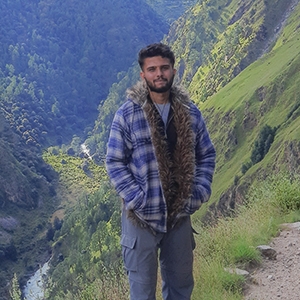The dream is alive. You’ve booked the trip, you’ve been training, and you can almost feel the thin air of the Himalayas. You’re heading to Nepal to stand on top of a snow-covered peak. It’s a sentiment unlike any other, but before you can clip into that final rope, there’s one essential thing to focus on before your climbing: your packing list. Your final packing for peak climbing in Nepal will largely depend on your personal preferences and ability to make informed decisions. Whether you're gearing up for Island Peak, Mera Peak, Lobuche East, or any other trekking peak in Nepal, bringing the right climbing gear is vital. In the Himalayas, poor preparation comes at a high cost, and packing wisely is just as essential as physical training.
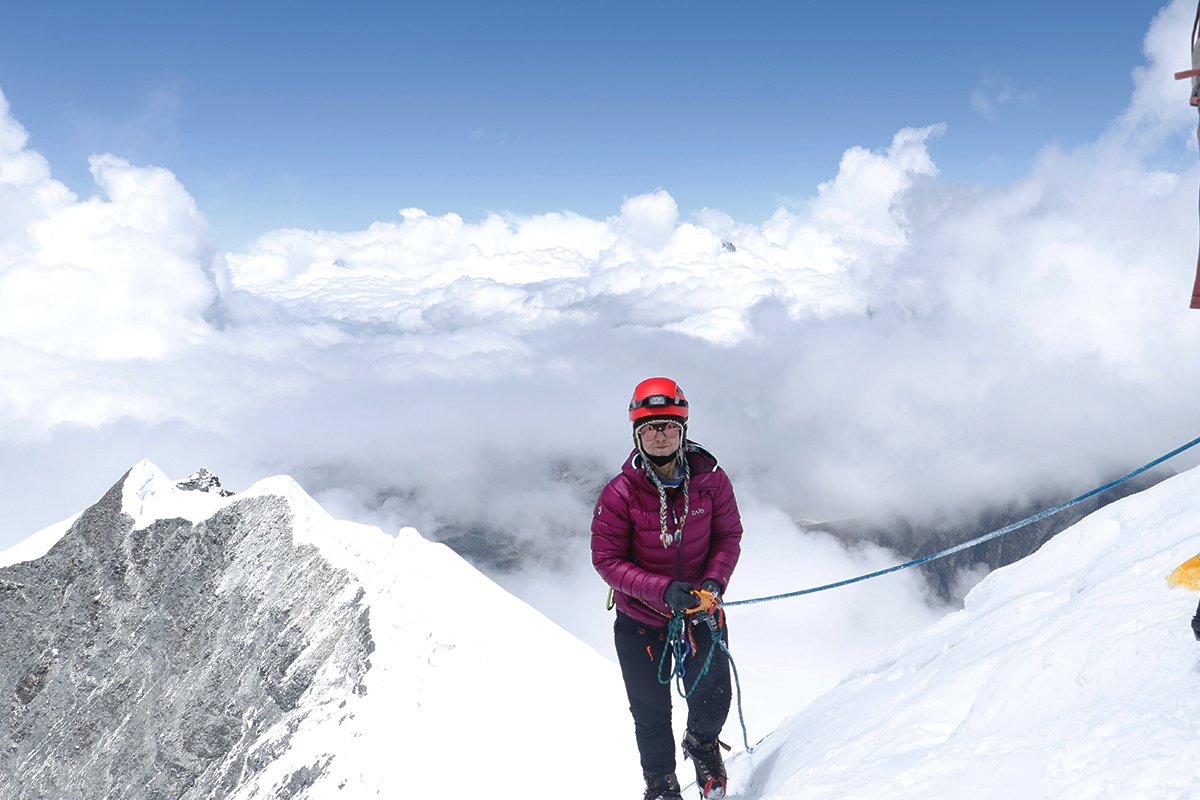
In this blog, you’ll find a comprehensive gear checklist for peak climbing in Nepal—organized into clothing, climbing gear, personal essentials, and optional extras. The goal is to help you head into the mountains fully prepared, without overpacking or missing anything vital. Keep in mind that this is a general guideline, and you likely won’t need every single item mentioned below. What you pack will rely on the season, the days of your climb, changing weather conditions, altitude variations, and your personal needs. Plan accordingly and pack smart.
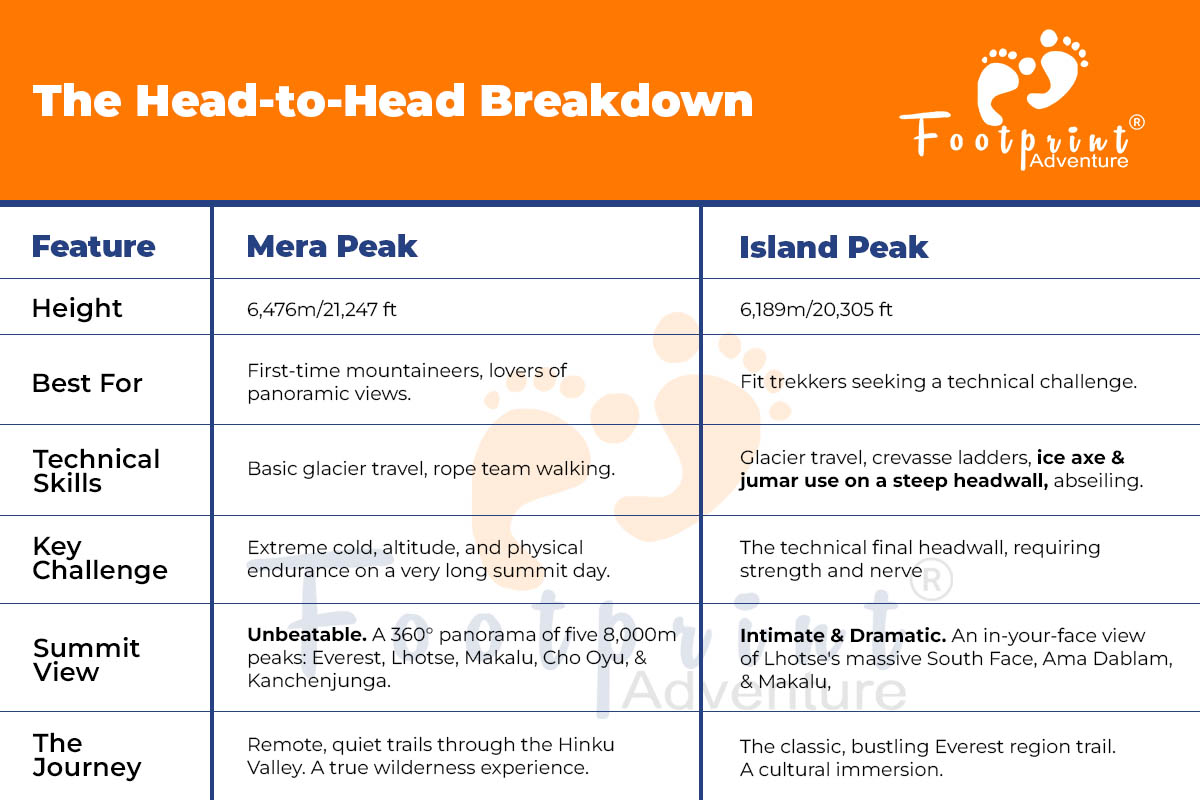
Know your peak
- Before heading into the gear list, understand that Nepal offers different levels of trekking peaks:
- Technical with crevasses and steep sections: Lobuche, Chulu East, Island Peak
- Less technical but physically challenging: Mera Peak
- Heavy glacier with fixed rope sections: Kyajo Ri, Pisang Peak
- Your final packing list may change slightly depending on the mountain and season.
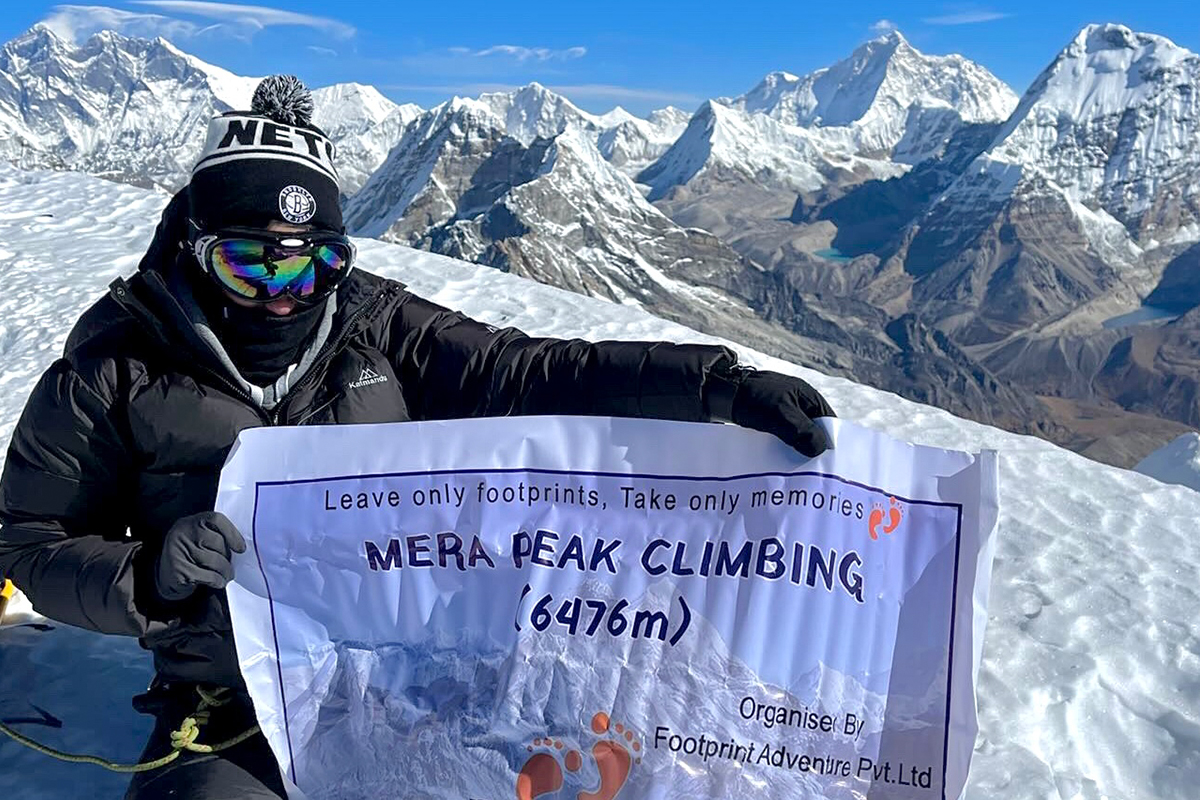
Important gear list for Peak Climbing in Nepal
Clothing Layering System
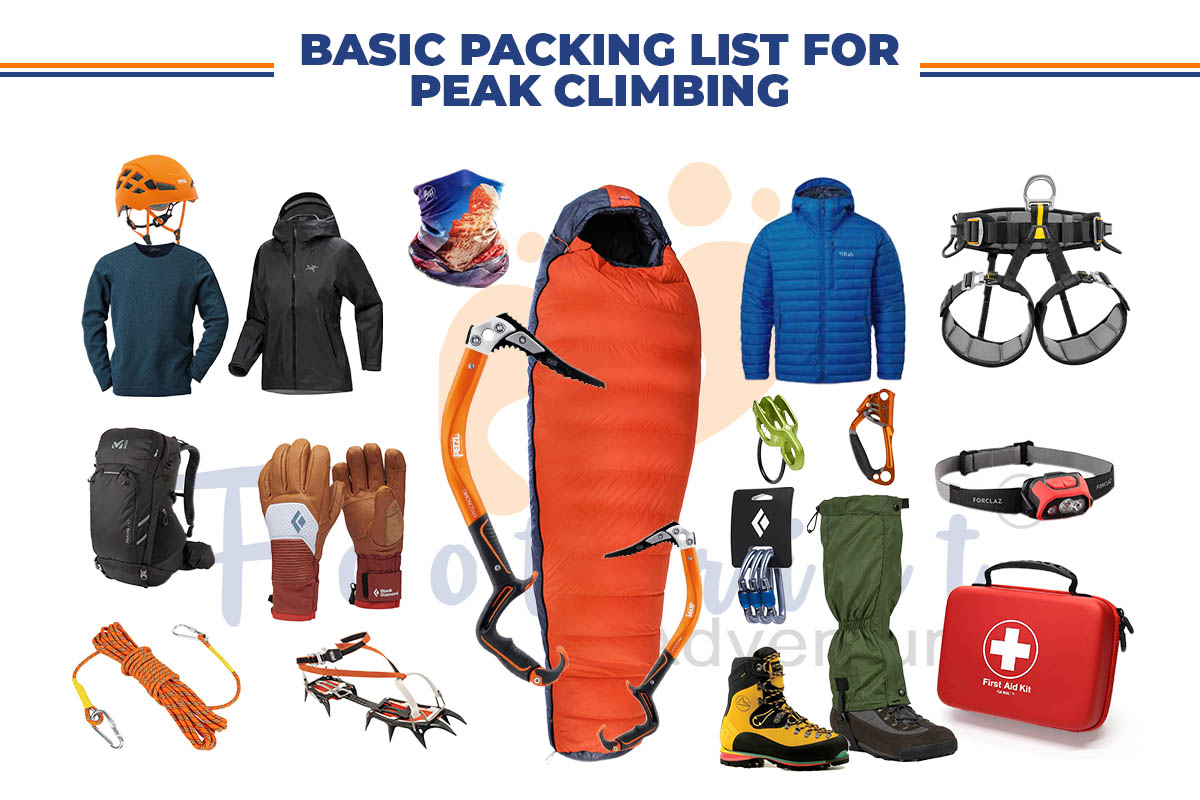
For details on packing and equipment list for Nepal
The weather in the Himalayas is notoriously inconsistent. You can go from sweating in the sun to shivering in a snow wind in less than an hour. The only way to manage this is by layering your clothing. Think of yourself as an onion.
- Base Layers: Lightweight synthetic or merino wool preferred.
- Mid-layer: Lightweight down jacket or fleece jacket (insulation layer)
- Outer Layer (Shell): Waterproof, windproof shell jacket and pants.
Trekking Clothes :
- Quick dry t-shirts (2-3 pairs)
- Lightweight trekking pants (2 pairs)
- Long-sleeved t-shirt to prevent handburn
Headwear:
- Wool hat or warm beanie
- Buff or Balaclava
- Cap or Sun Hat
Hands:
- Liner Gloves (thin gloves for milder days)
- Insulated Gloves (a warm pair of ski-style gloves)
- Summit Mittens (your fingers will thank you when the wind is blowing at 3 am.)
Lower Body:
- Normal Hiking Trousers (2 pairs): Lightweight, quick-drying pants.
- Thermal Leggings (2 pairs): To wear under your trousers on cold days.
- Fleece Trousers: Optional, but comfortable to wear inside the tent or teahouse.
- Waterproof and Windproof Shell
Feet:
- Gaiters: To keep rocks, snow, and mud out of your boots.
- Mountaineering Socks (2 pairs): Thick and warm socks for summit day.
- Hiking Socks (4-5 pairs): Good quality synthetic or wool socks.
Technical Climbing Gear (Can be rented in Kathmandu)
This is the technical equipment that will get you to the summit. For most trekking peaks (like Island Peak, Mera Peak, or Lobuche East), you can rent high-quality gear in Kathmandu or Chukhung. It’s a great alternative if you’re not ready to invest.
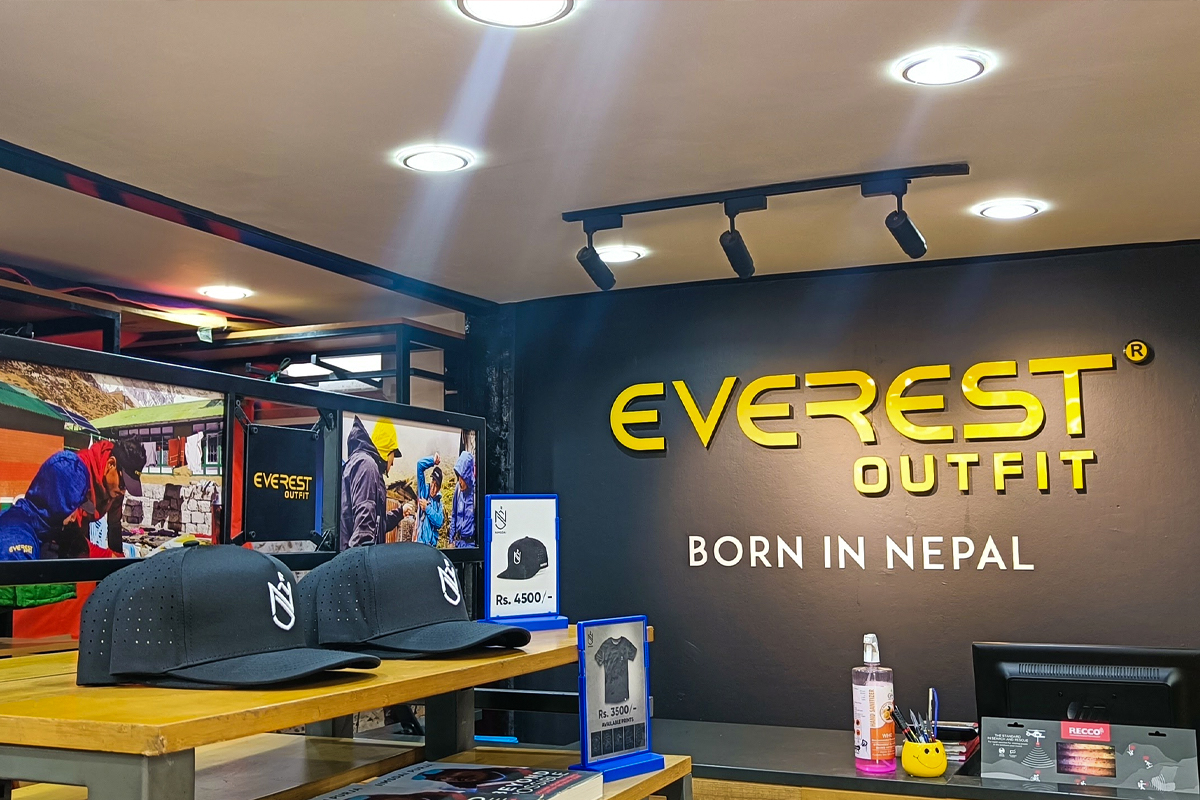
- Climbing Boots: These are not your normal hiking boots. They are rigid, insulated, and have space for attaching crampons.
- Climbing Harness: A lightweight alpine harness is ideal. You'll wear this on summit day.
- Helmet: Rockfall and icefall are real dangers, so it is non-negotiable.
- Crampons: Make sure they are compatible with your boots.
- Carabiners (at least two locking): Your guide will advise if you need more.
- Ice Axe: It is used for balance and, most importantly, for self-arrest in the event of a slip.
- Prusik Cords or Slings: Useful for a variety of safety purposes.
- Jumar (Ascender): For ascending fixed ropes.
- Belay Device (ATC or Figure 8): For rappelling down steep sections.
Other Trekking and Camp Gear
- Daypack (30-40L): You will carry this bag every day. It should hold your water, snacks, extra layers, and sunscreen.
- Trekking Poles: Very useful for your knees on long descents.
- Headlamp: Crucial for early morning pushes and navigating around camp. Don't forget to bring extra batteries!
- Sleeping Bag: -20°C (-4°F) is essential.
- Hydration Bladder or Water Bottles: You need to drink a lot of water at high elevation. A mix is best, as bladder tubes can freeze. Nalgene-style bottles are perfect because you can fill them with hot water to use as a bed warmer.
- Hygiene, basic first aid, and others
- Toiletries: Keep it basic. Toothbrush, toothpaste, biodegradable soap, and hand sanitizer. Wet wipes are your best friend for a "mountain hygiene."
- Personal First Aid Kit: Include antiseptic wipes, blister plasters, pain relievers, and any personal medications. Your guide will have a comprehensive kit, but you need your basics.
- Sunscreen & Lip Balm (SPF 50+): Reapply daily.
- Other essentials include Sunglasses (category 4 glasses), a Camera, an e-reader, favorite snacks, and a power bank/solar charger.
Cash and Paperworks
- Climbing and Trekking Permits: Your trekking company will usually handle these, but make sure you have copies of the permits.
- Details of Travel Insurance: Make sure your insurance policy covers trekking and mountaineering up to an altitude of 6,500 meters, including helicopter evacuation.
- Flight tickets, visa, and passport: Don’t forget to keep digital copies and photocopies.
- Cash (Nepali rupees & USD): For souvenirs, tips, and extra drinks or snacks along the trail.
What do most climbers do? (Buy or Rent)
You can rent most climbing gear and equipment in Kathmandu, Pokhara, Lukla, Dingboche, or Namche Bazaar, including boots, down jackets, sleeping bags, crampons, harnesses, and helmets.
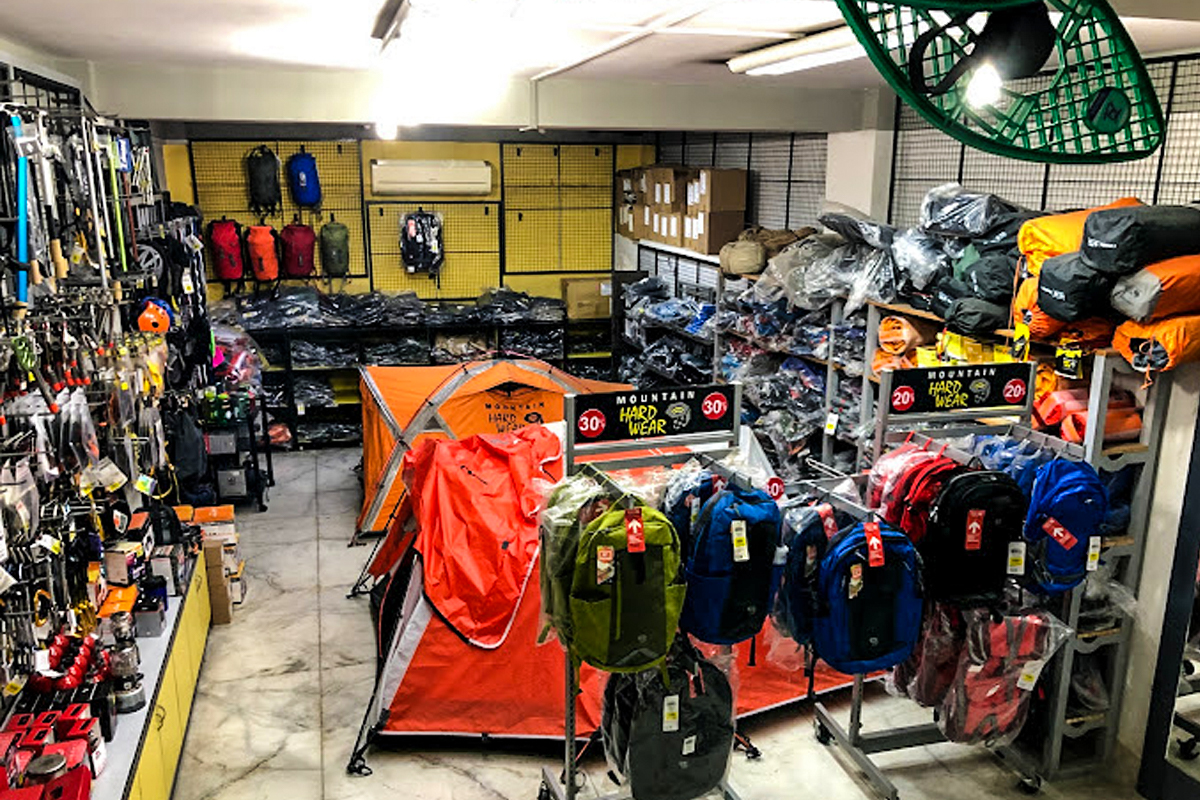
However, invest in your personal clothing, base layers, boots (if possible), gloves, and sunglasses, since comfort and fit matter more at high altitudes.
At the end
Packing marks the actual beginning of your journey; it's when the adventure starts to feel real. Climbing a peak in Nepal isn’t just about summitting; it is about being prepared, staying strong, and respecting the power of the mountains. With the right gear and the strong mindset, you're already well on your way. The list might look overwhelming at first, but don’t let it confuse you. Every gear plays a role in building a safe, successful, and truly memorable journey.
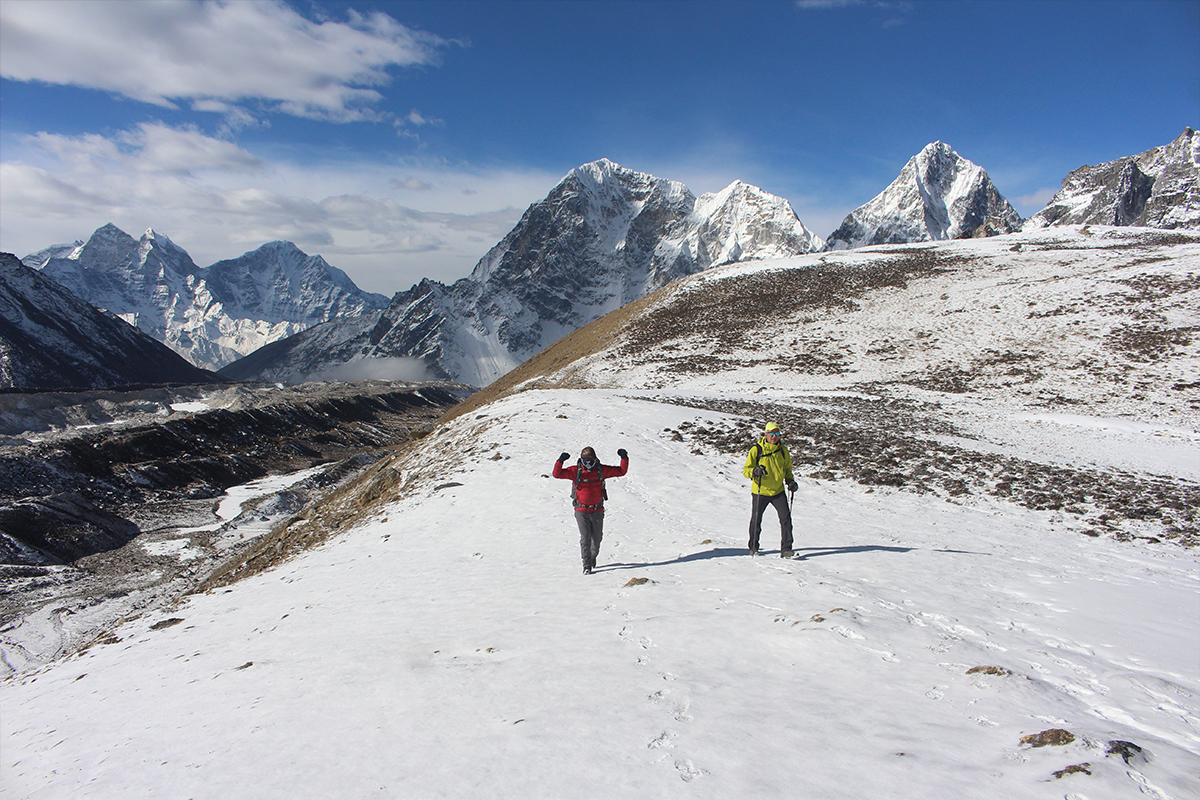
Not sure what to bring for your specific climb? No worries, reach out anytime. We're here to help you get fully prepared for one of the most rewarding experiences of your life.
The mountains are waiting!
Abhishek Dhital relishes observing the customs and cultures of many regions of Nepal as a travel photographer, blogger, and certified trekking guide. He is a native of Dang, a stunning region in western Nepal. He was raised in the Inner Terai and has always loved to climb up to his hometown's highlands. He moved to Kathmandu after completing his schooling, where he received a bachelor's degree in Travel and Tourism Management from Nepal College of Travel and Tourism Management, Lazimpat. He stated, "When I began studying tourism, I became really attracted to its service approach and made the decision to become a professional tour guide and travel writer.
In 2015, he began his photographic journey. He gradually began traveling and shooting genuine grins and experiences. He is now discovering fresh and original techniques to market Nepal and give his clients first-rated service in the mountains.
He declared, "I am really happy to be a member of Footprint Adventure as I can develop my career in a booming tourism industry where I may get the chance to perform well and prove my abilities accepting challenges and pressures completing the organizational goal." He genuinely believes in the power of nature, and he thinks it can change people's outlooks and lead them to discover their life's purpose.









